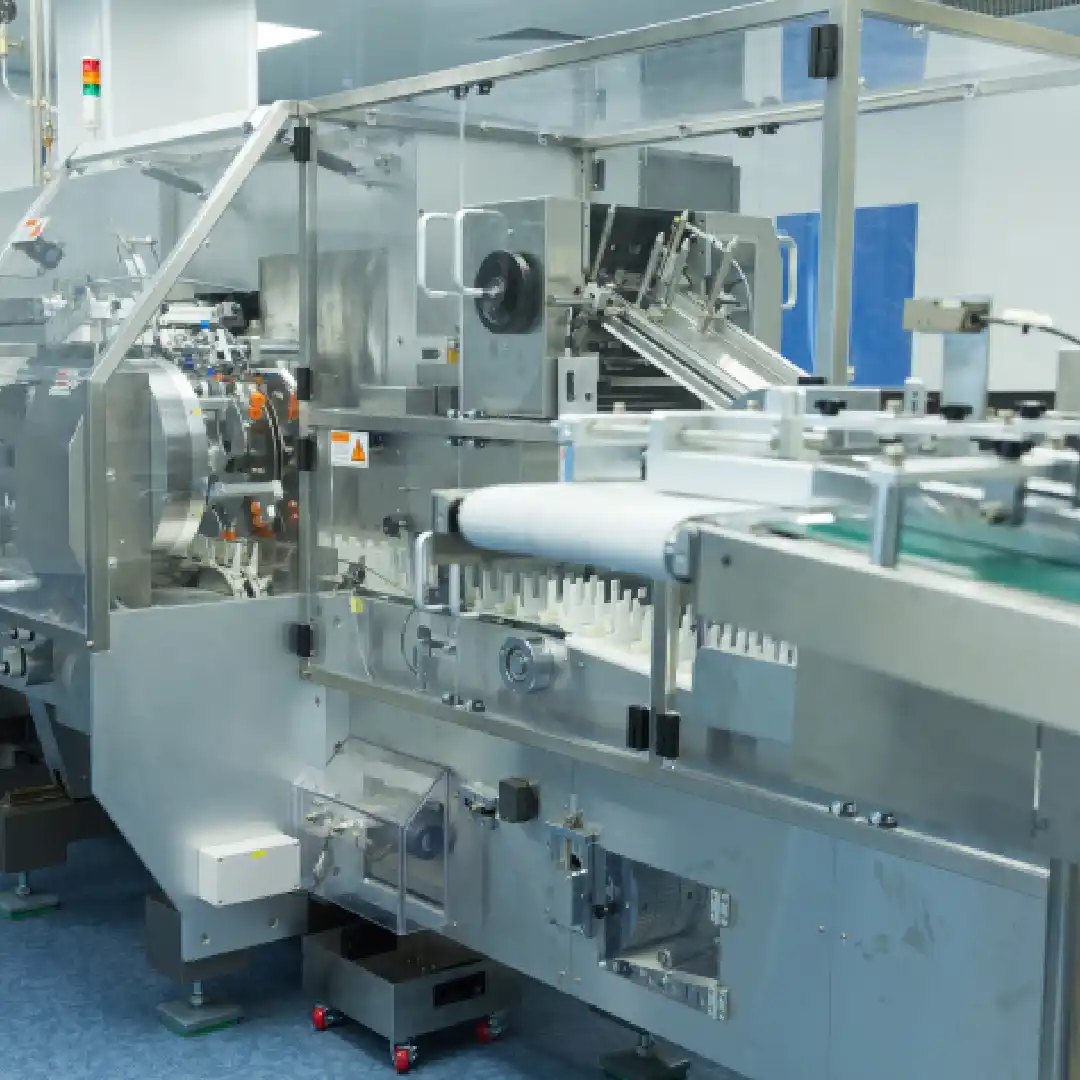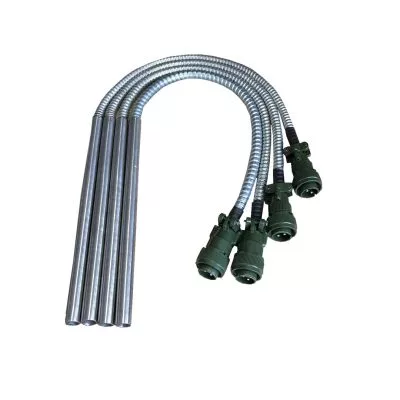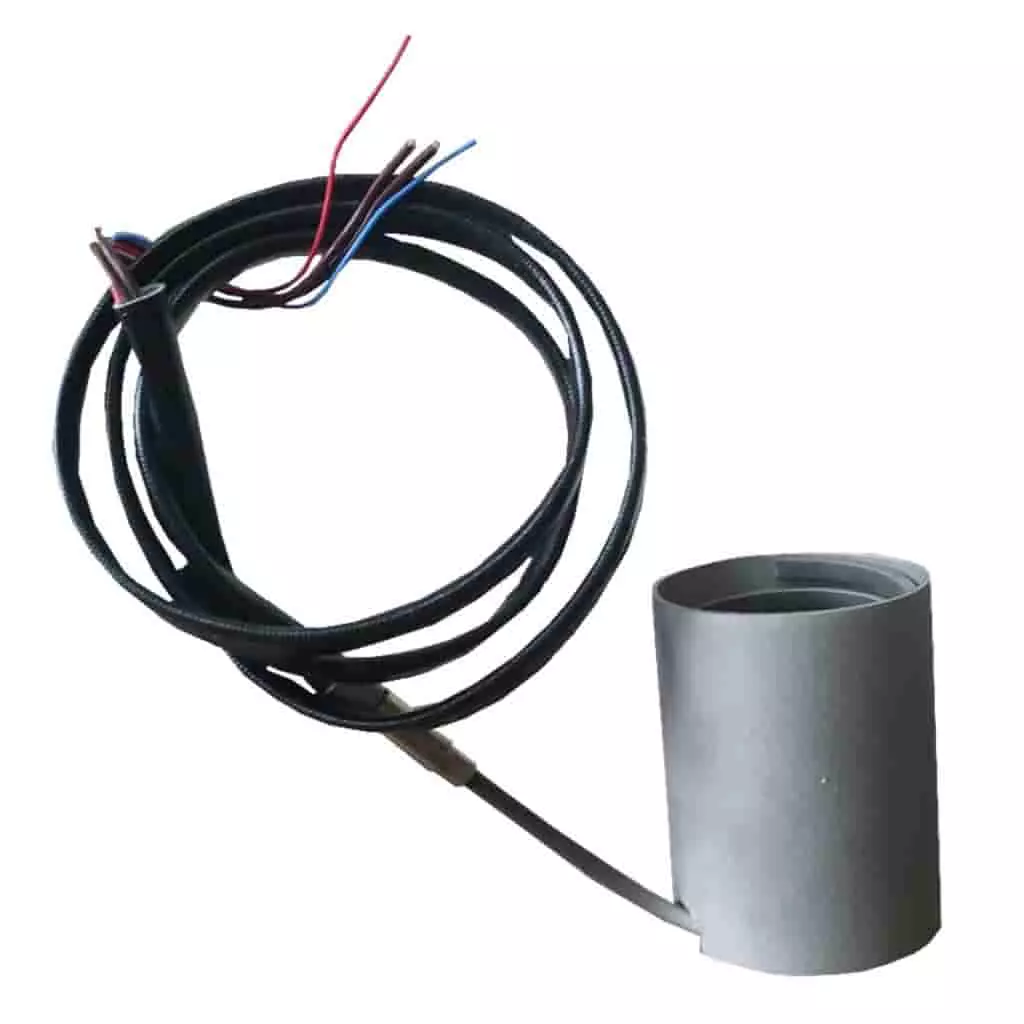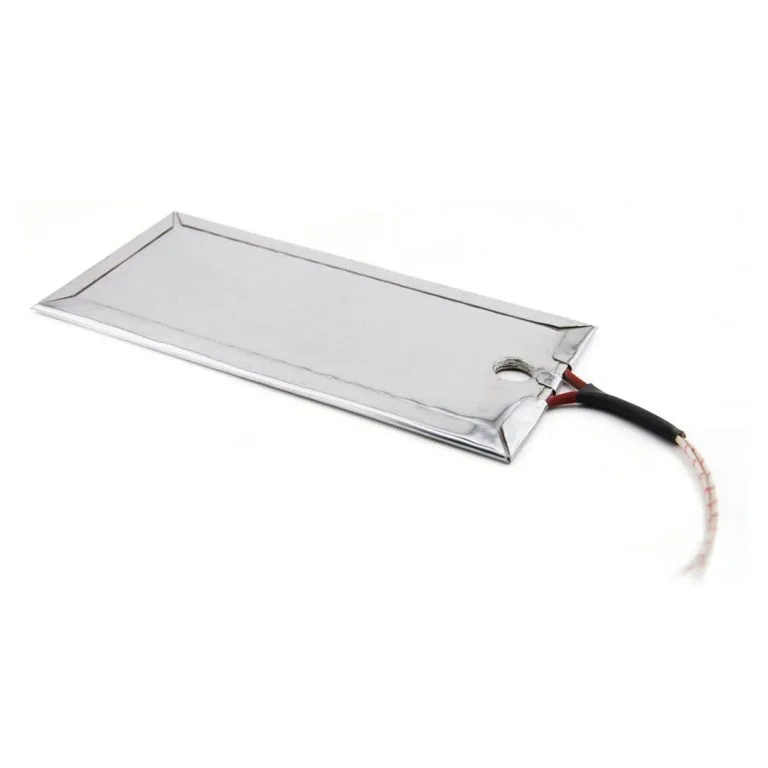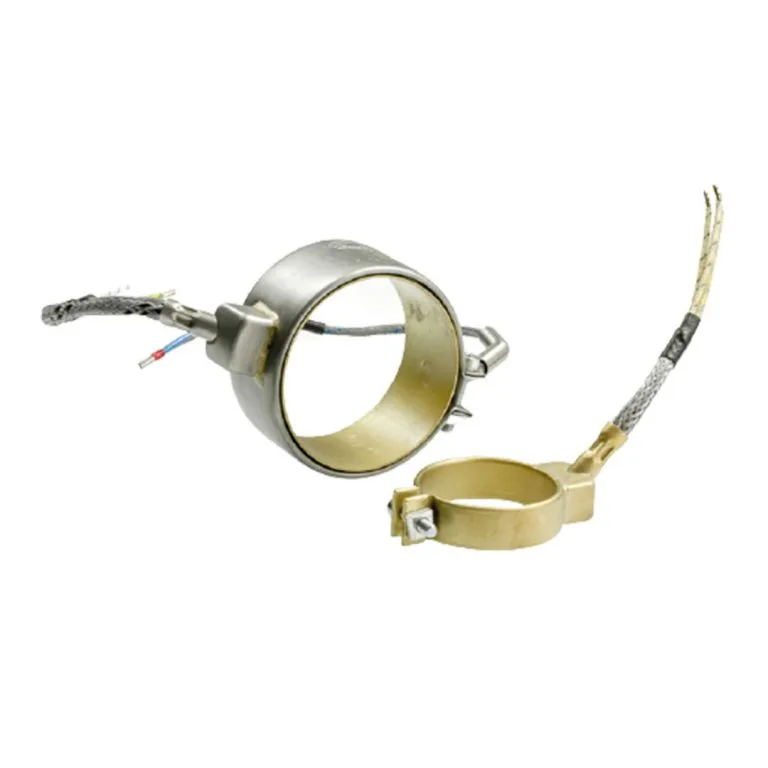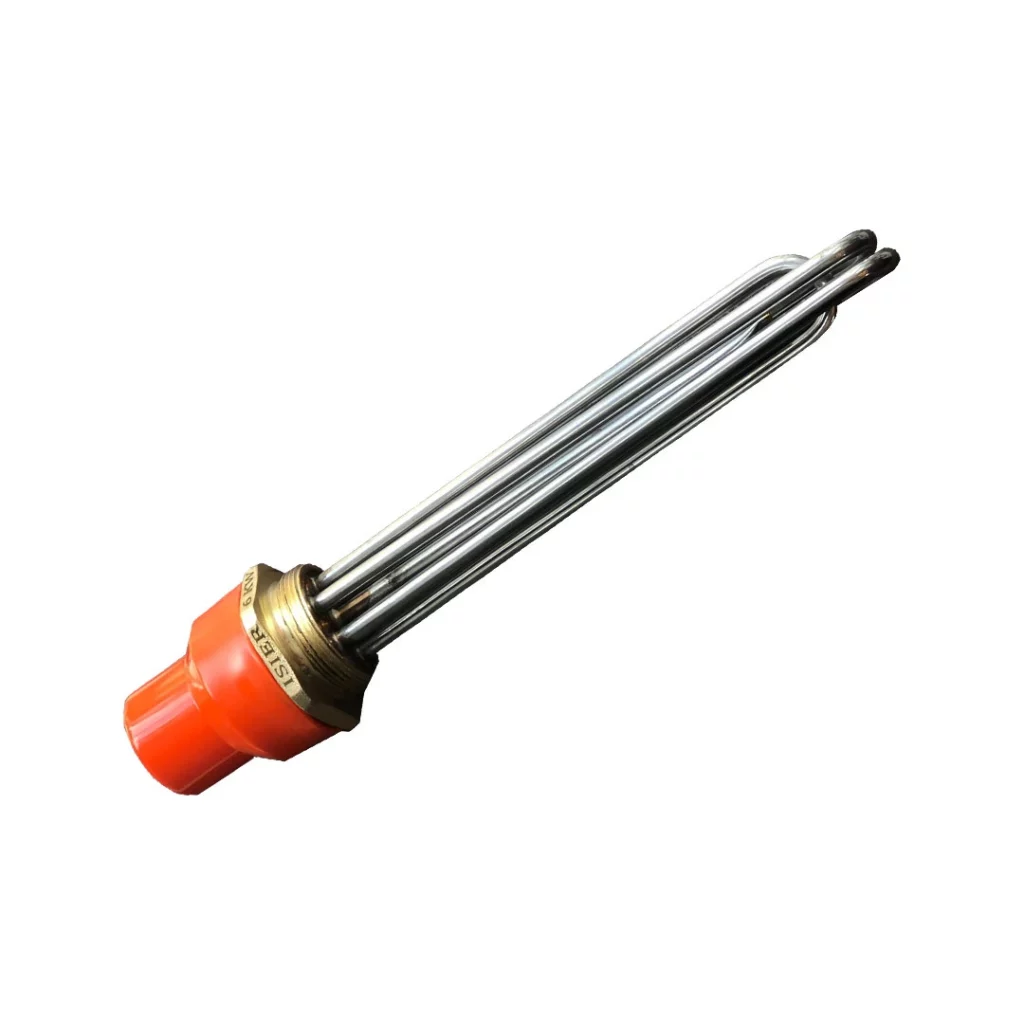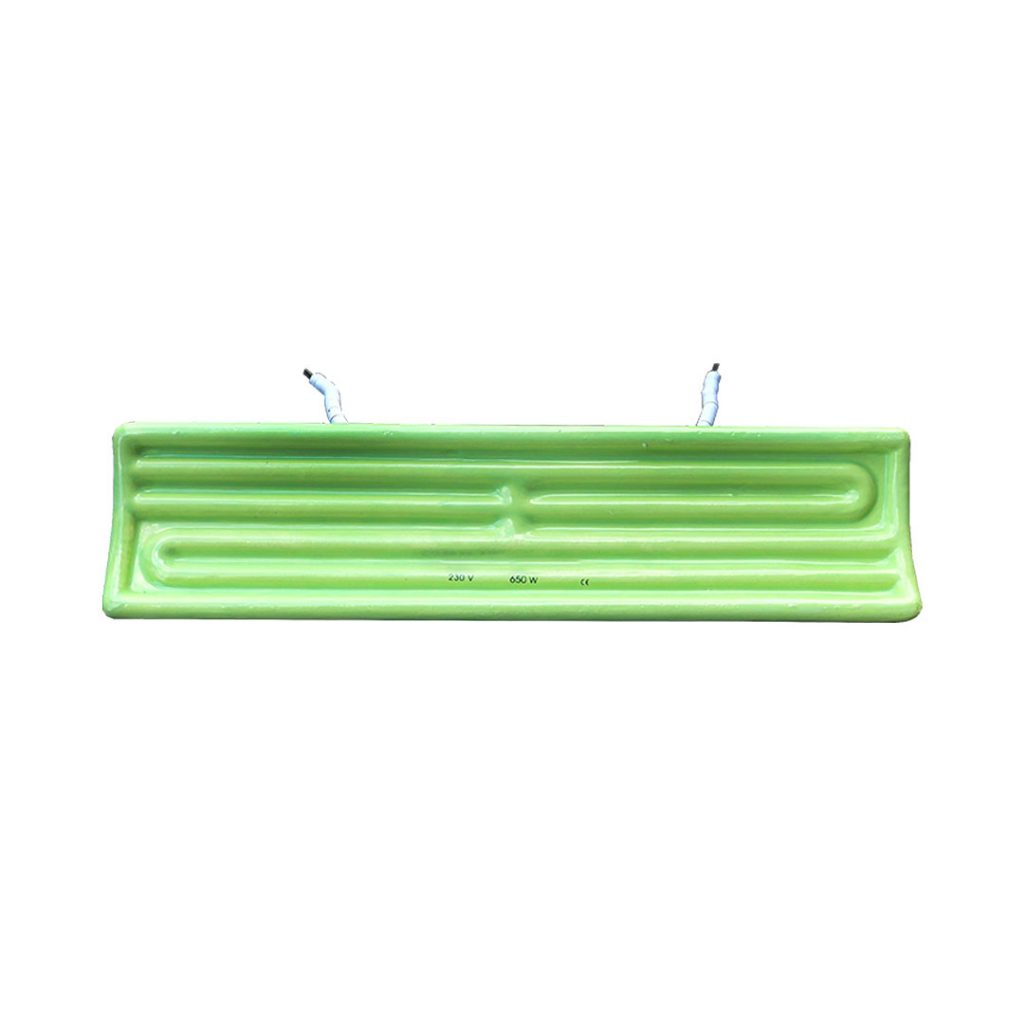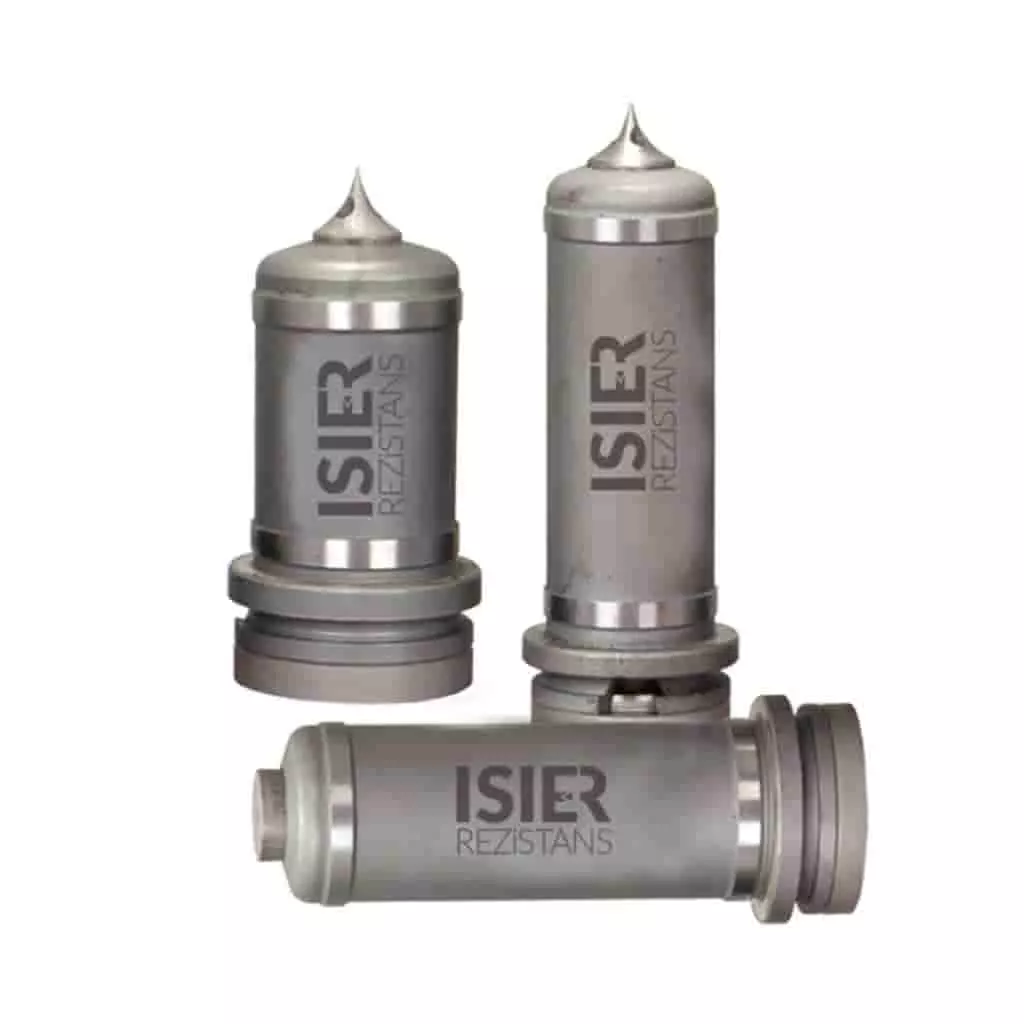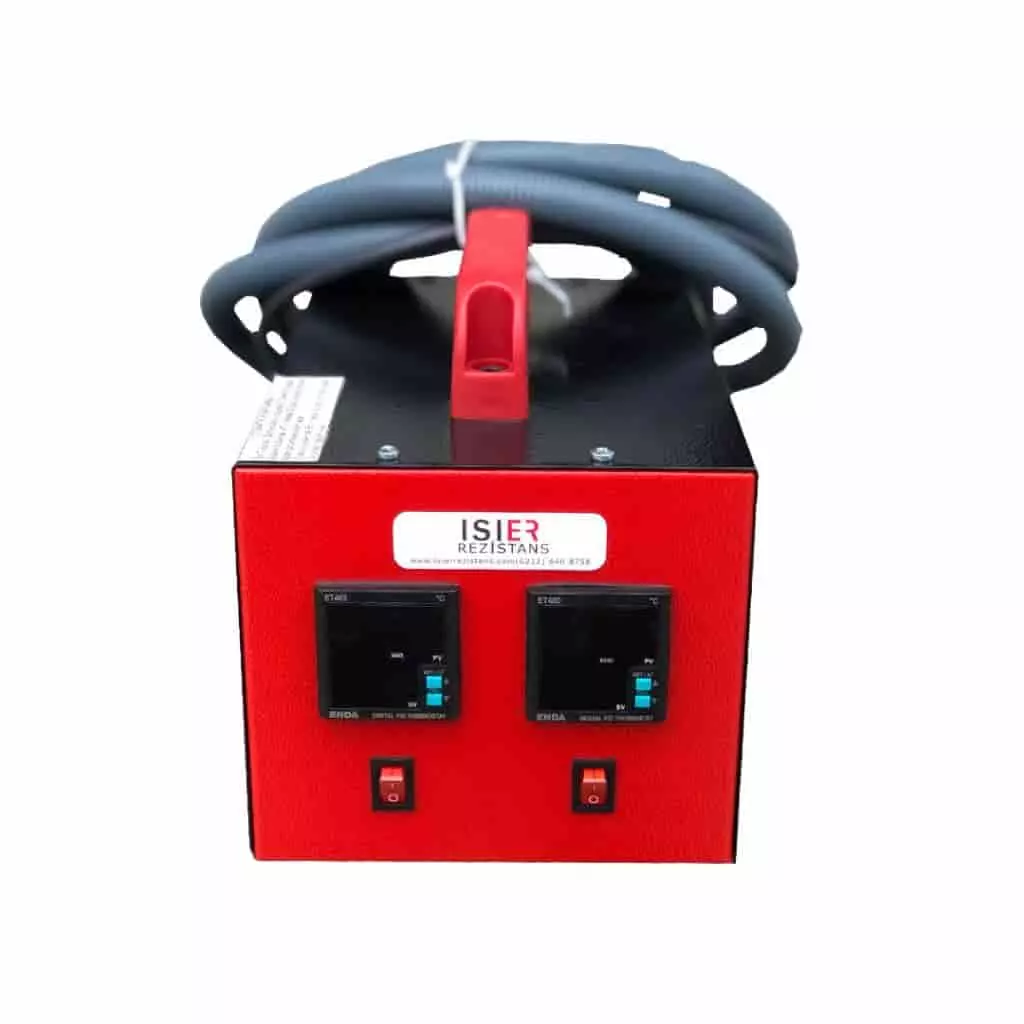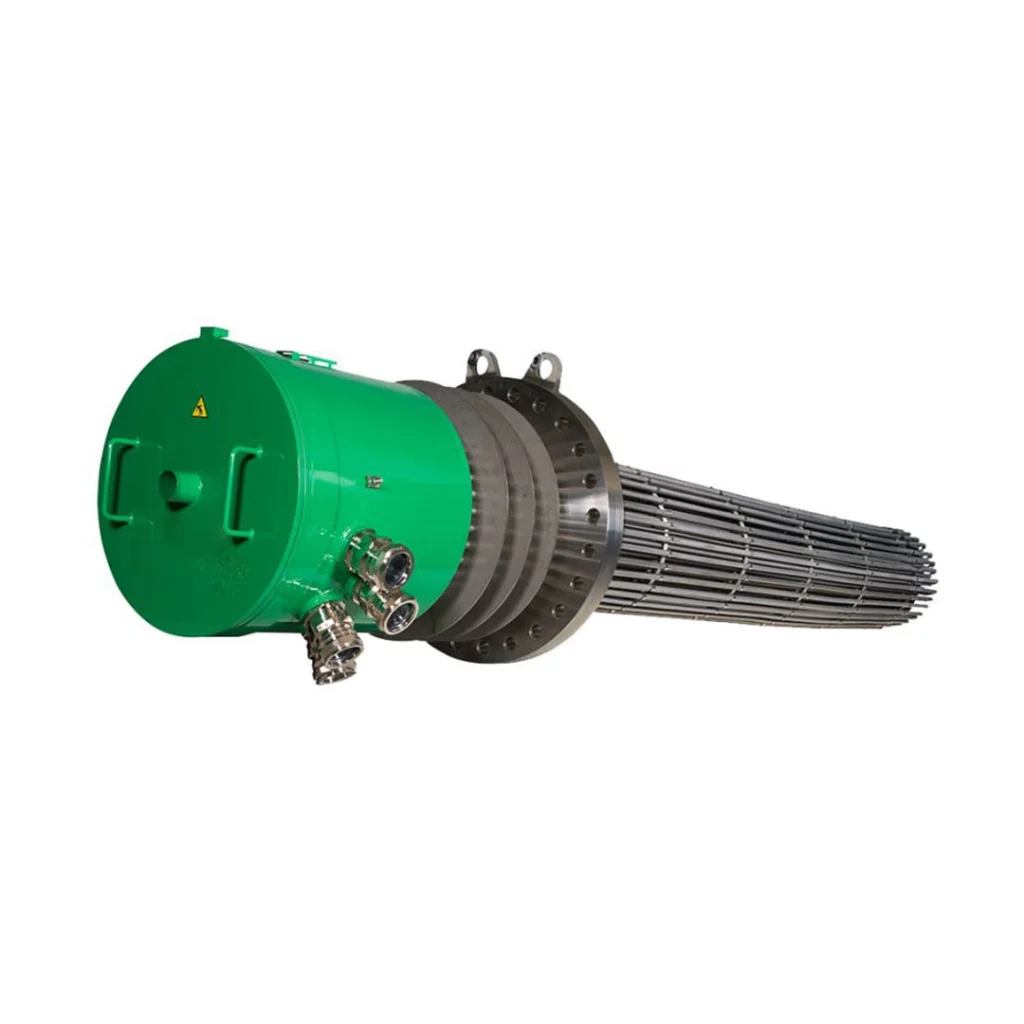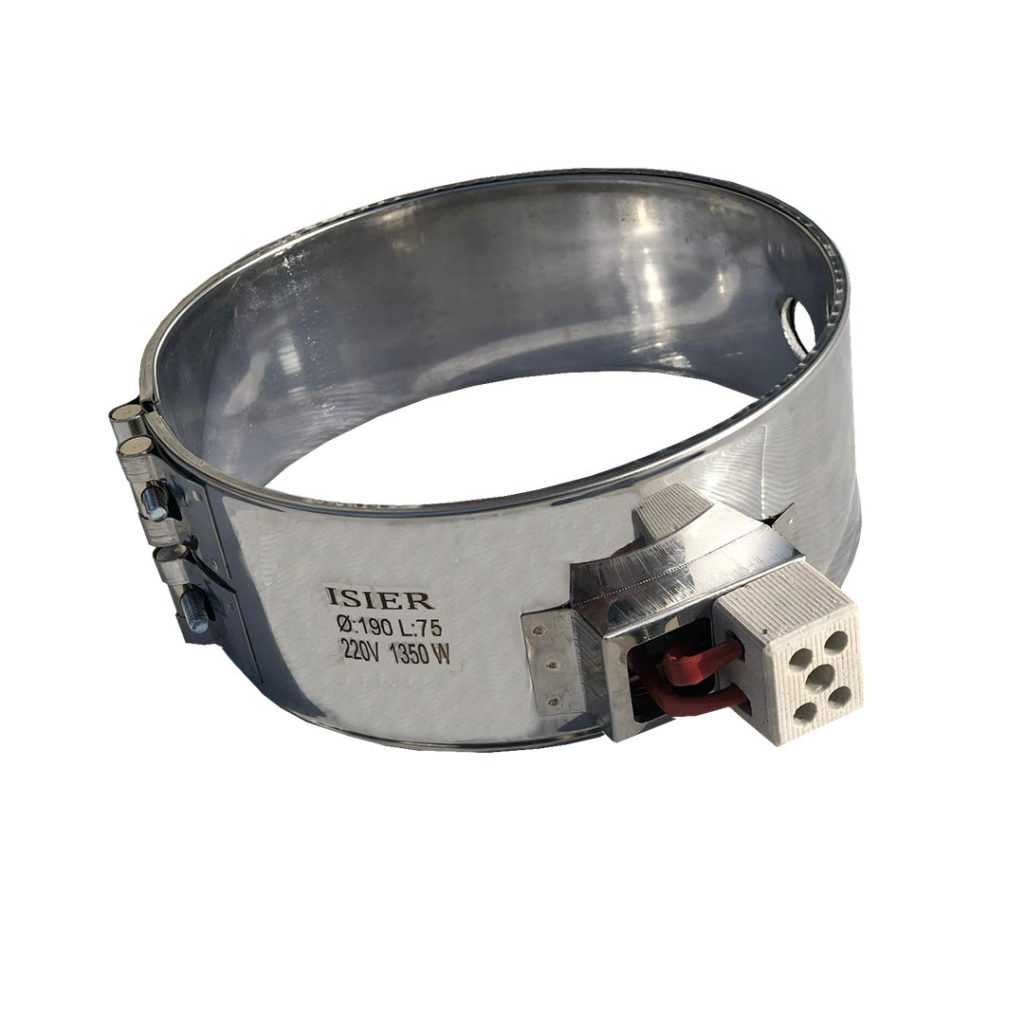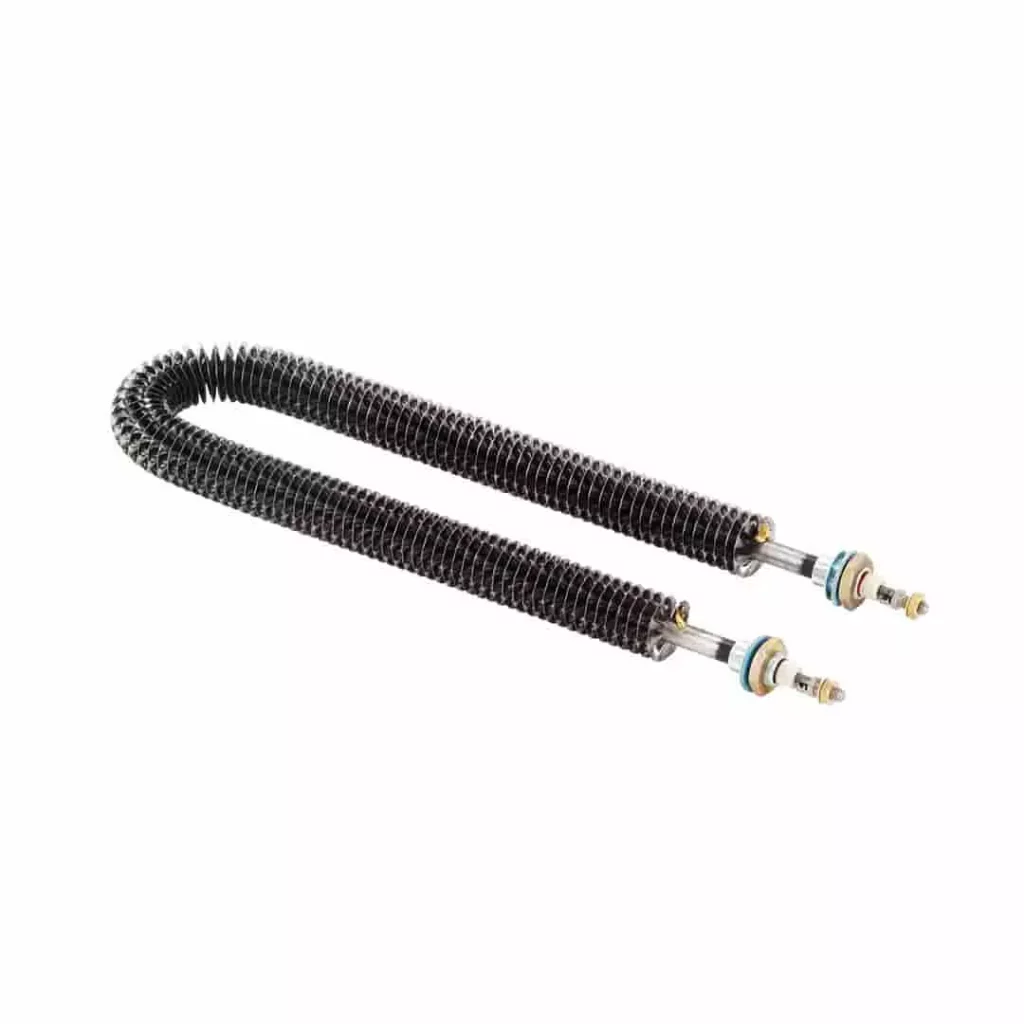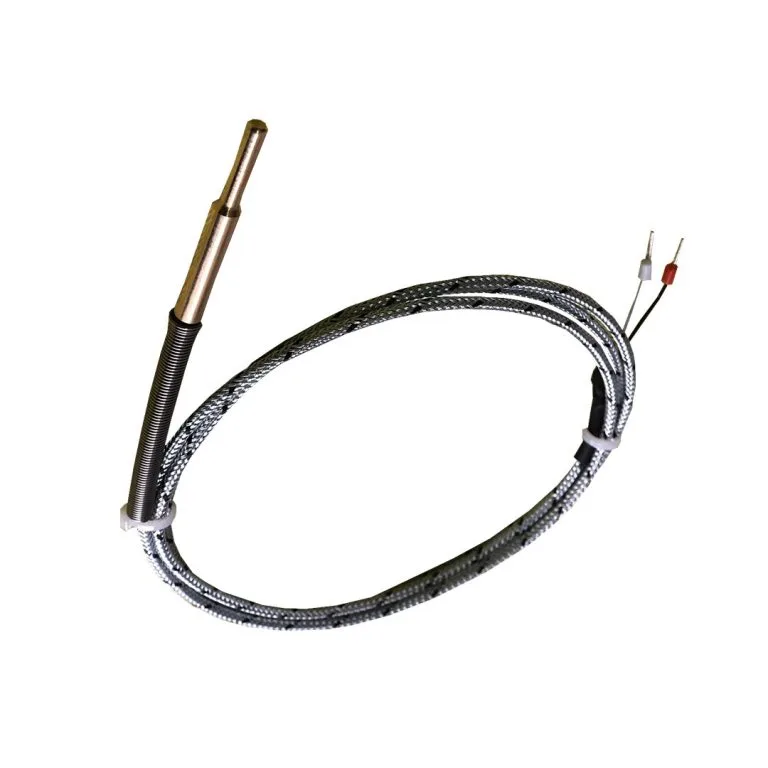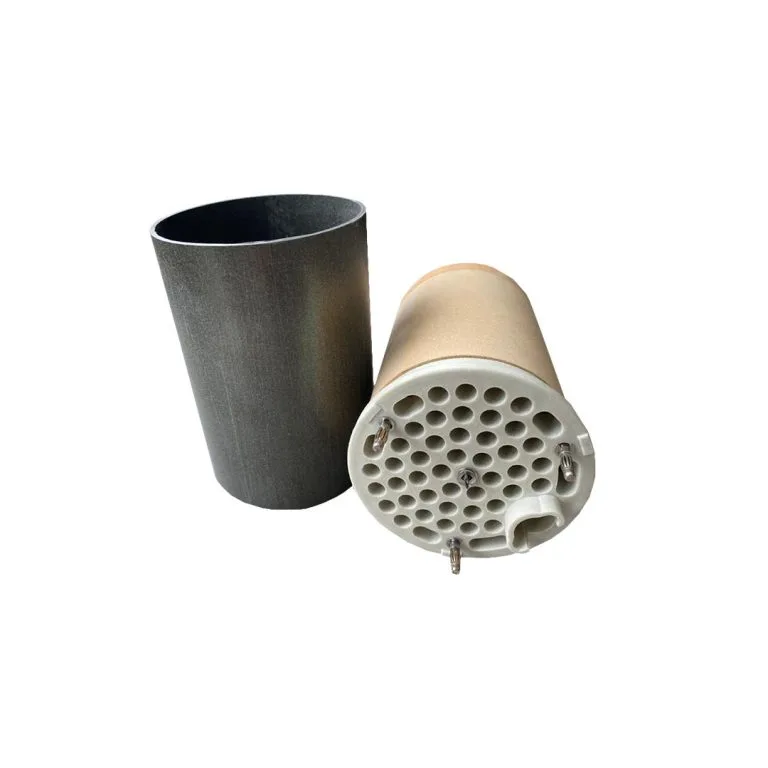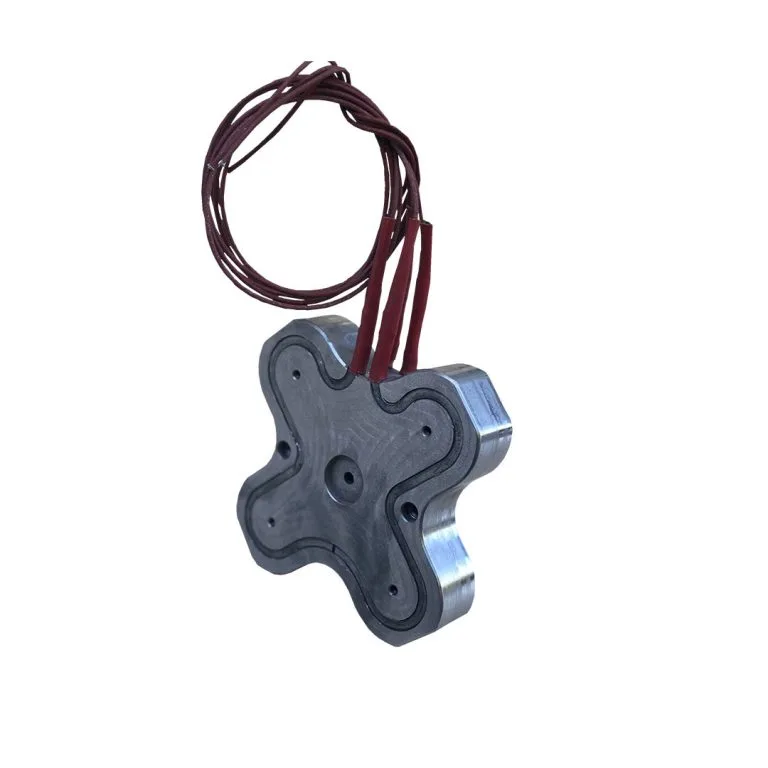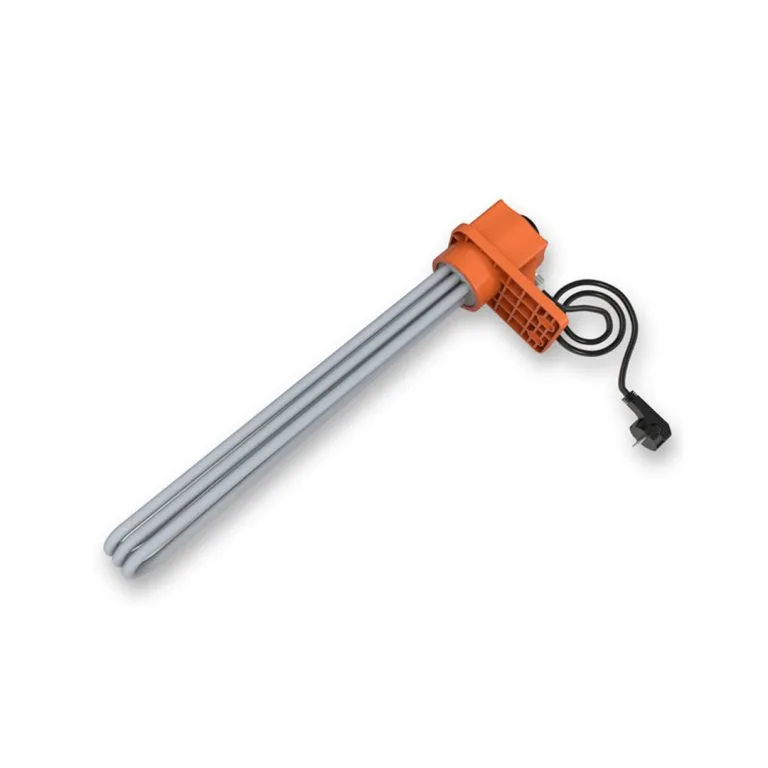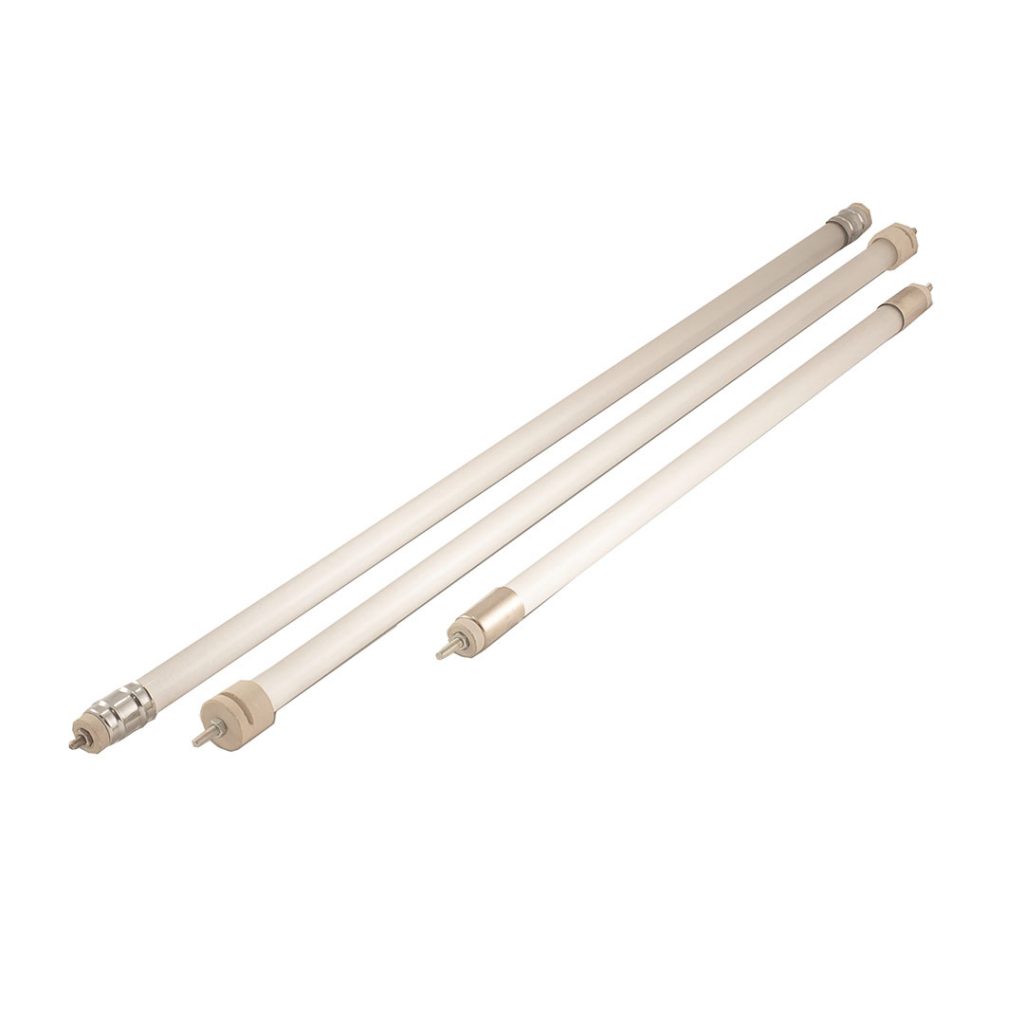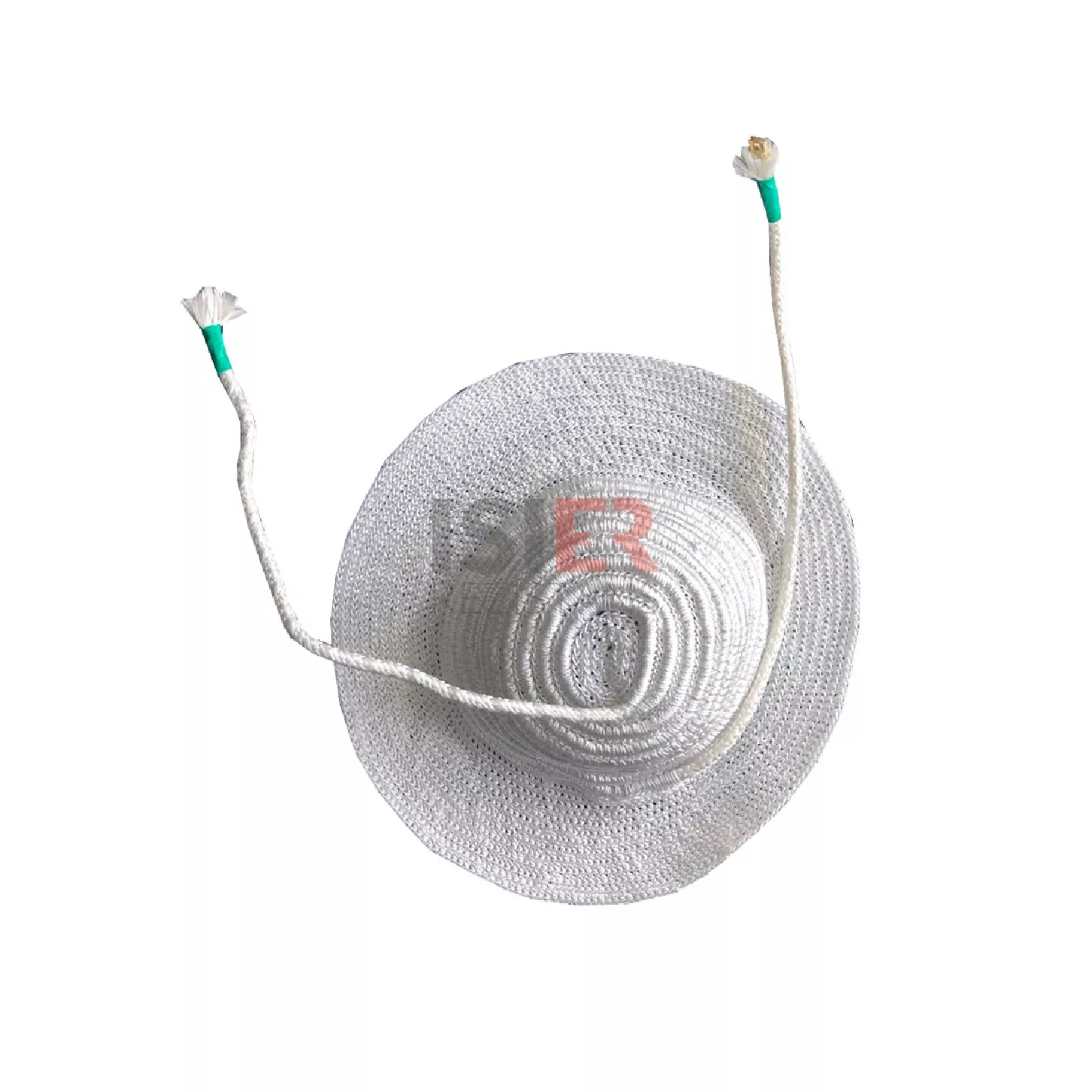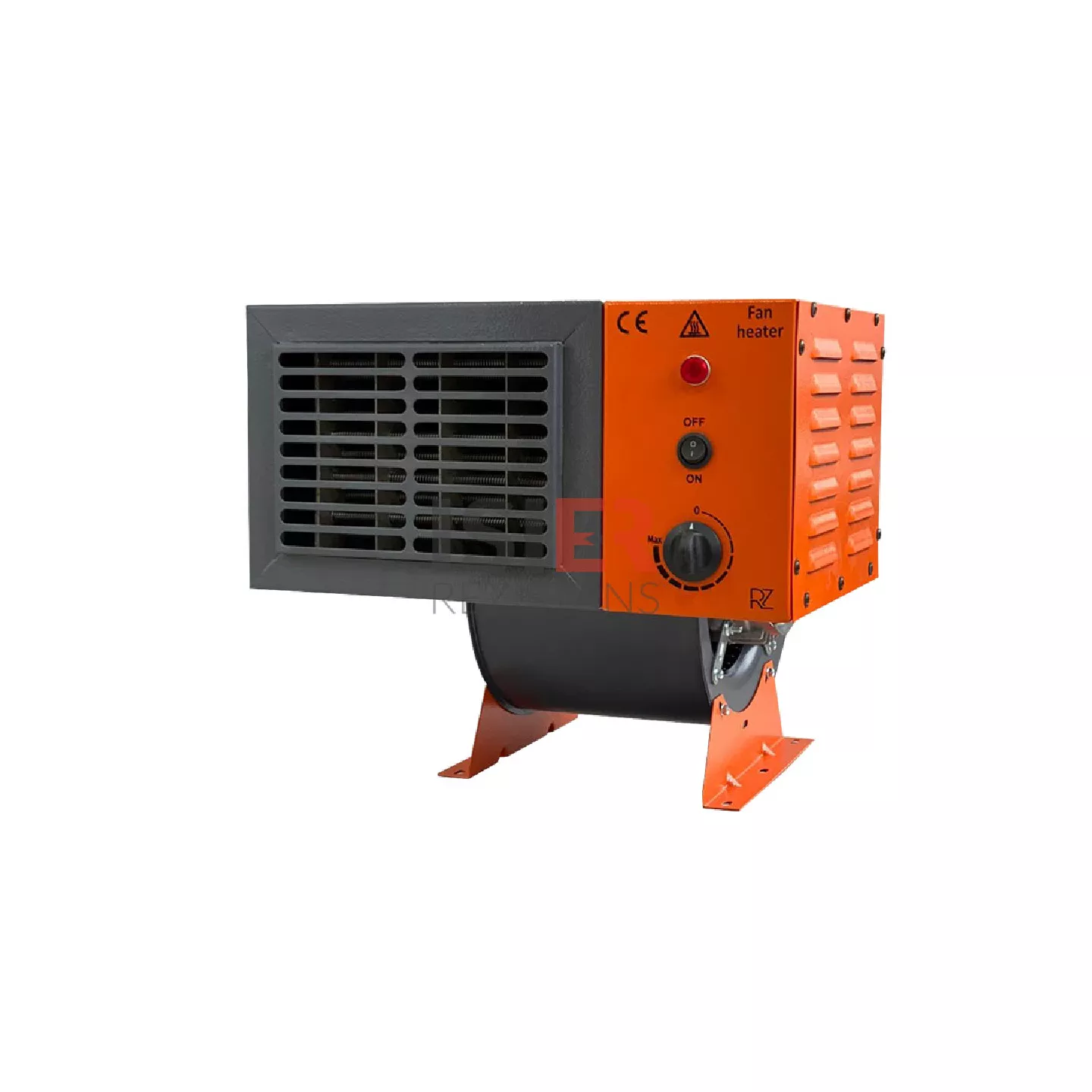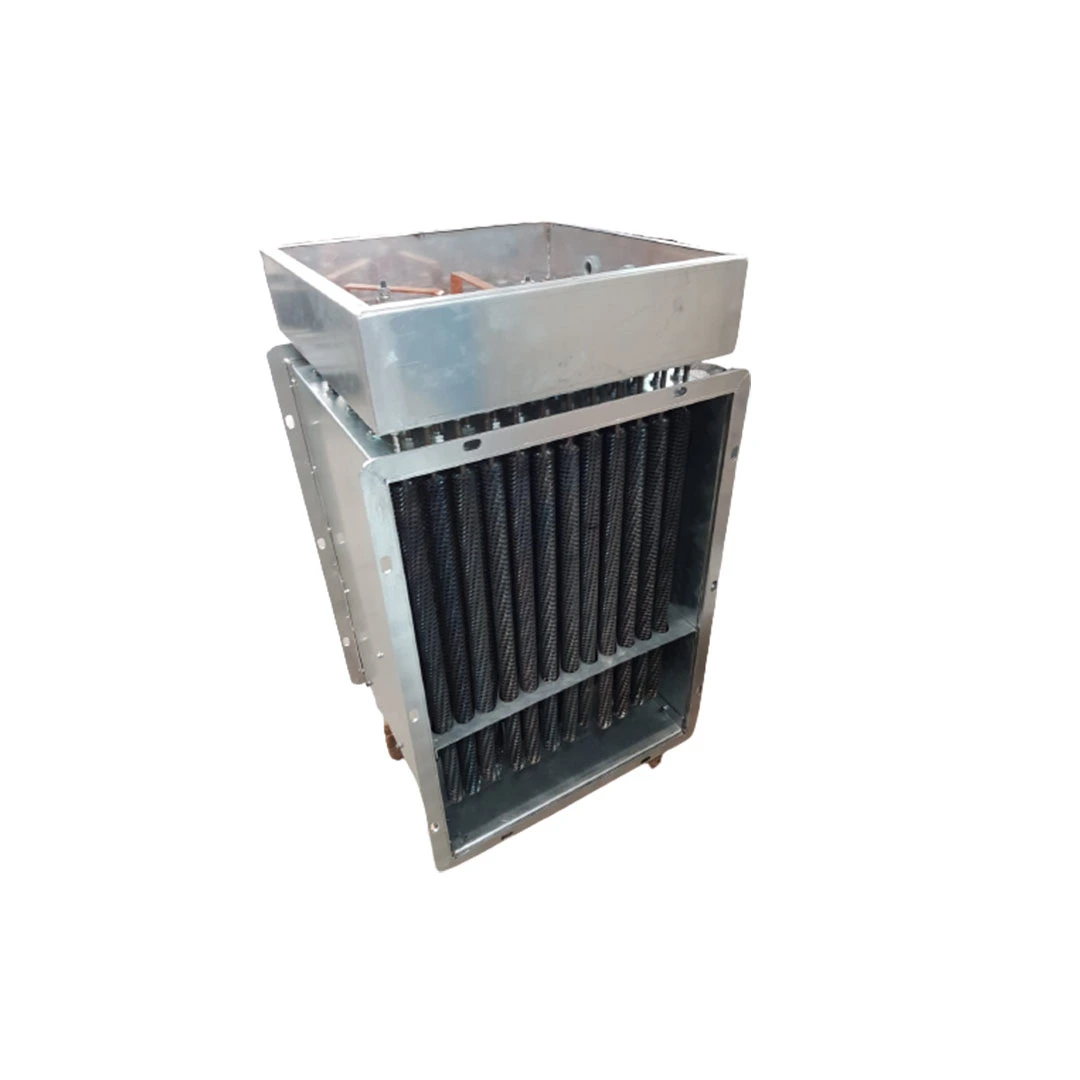What are Plastic Injection Heaters?
Heaters play a fundamental role in plastic injection processes, where they are used in equipment for heating and shaping plastic materials. The plastic injection process involves heating and melting polymer granules and injecting them into molds. During this process, heaters provide the high temperatures necessary for melting the plastic material.
Plastic injection heaters are commonly used in the following ways:
Mold Heaters: Plastic injection molds take the desired shape of the melted plastic material. Heaters heat the molds, allowing the plastic material to melt and become injectable into the mold.
Nozzle Heaters: Plastic injection nozzles facilitate the injection of melted plastic material into the mold. Heaters are used to heat these nozzles, aiding in the flowability of the plastic material.
Barrel Heaters: The barrels in plastic injection machines play a critical role in melting and shaping polymer material. Heaters heat the material in the barrels, facilitating the melting process.
These heaters are typically made of special alloys resistant to high temperatures and can reliably operate at high temperatures. Precise temperature control is essential for properly melting and injecting plastic material. This process can be achieved through the correct design and use of heaters.
Plastic injection heaters are critical components widely used in the production processes of the plastic industry, and their proper functioning is of great importance for production efficiency and quality.
What are Plastic Injection Heaters?
Heaters play a fundamental role in plastic injection processes, where they are used in equipment for heating and shaping plastic materials. The plastic injection process involves heating and melting polymer granules and injecting them into molds. During this process, heaters provide the high temperatures necessary for melting the plastic material.
Plastic injection heaters are commonly used in the following ways:
Mold Heaters: Plastic injection molds take the desired shape of the melted plastic material. Heaters heat the molds, allowing the plastic material to melt and become injectable into the mold.
Nozzle Heaters: Plastic injection nozzles facilitate the injection of melted plastic material into the mold. Heaters are used to heat these nozzles, aiding in the flowability of the plastic material.
Barrel Heaters: The barrels in plastic injection machines play a critical role in melting and shaping polymer material. Heaters heat the material in the barrels, facilitating the melting process.
These heaters are typically made of special alloys resistant to high temperatures and can reliably operate at high temperatures. Precise temperature control is essential for properly melting and injecting plastic material. This process can be achieved through the correct design and use of heaters.
Plastic injection heaters are critical components widely used in the production processes of the plastic industry, and their proper functioning is of great importance for production efficiency and quality.
Our Products
Your Solution Partner for All Your Resistance Needs
Reasons for Using Plastic Injection Heaters
These heaters are usually made of special alloys resistant to high temperatures and operate with precise temperature control. Plastic injection molding heaters are critical components widely used in production processes in the plastics industry, and their proper functioning is critical to production efficiency and quality.
Melting Plastic Material: Plastic injection molding heaters are used to melt polymer granules or plastic material. These heaters provide sufficient temperature to make the material injectable into the molds.
Process Control and Quality: Plastic injection molding is a precision process where temperature control is critical. By keeping the heaters within a certain temperature range, they ensure that the material reaches the desired consistency, which improves quality.
Productivity and Efficiency: Heaters ensure that injection molding machines run efficiently and continuously. Melting the material in a fast and uniform manner can increase the speed of the production process and improve productivity.
Adaptability for Various Applications: Plastic injection molding heaters can be designed in a variety of ways for different plastic types, mold sizes, and industrial requirements. This allows them to be used in a variety of industrial applications.
Energy Efficiency: Well-designed heating elements can use energy efficiently while maintaining a given temperature. This saves energy costs for businesses.
Technical Specifications of Plastic Injection Heaters
Material and Construction: Heaters are usually made of nickel-chromium alloys, stainless steel, or copper-based alloys.
Heat Resistance and Temperature Range: Heaters can generally operate between 200°C and 400°C.
Power Capacity: The power capacity of a heating element is expressed in watts and indicates how much heat it can generate in a given time at a given temperature.
Size and Dimensions: The diameter, length, and shape of the heaters vary depending on the requirements of the equipment in which they will be used.
Electrical Connection and Control: Heaters usually have standard electrical connections and can be compatible with thermostats or PID control systems for temperature control.
Durability and Lifetime: Quality heating elements have a long life and stable performance.
Application and Special Requirements: Some heaters can be coated with special coatings and designed for industrial applications requiring special chemical resistance.
Technical Details to Consider When Choosing Plastic Injection Heaters
Material and Construction: The material of the heater affects its durability and heat conduction.
Heat Capacity and Power: The heat capacity of the heater should be sufficient to meet the amount of heat required for the plastic melting process.
Size and Dimensions: The dimensions of the heater should be compatible with the machine or equipment in which it will be used.
Temperature Adjustment and Control: Temperature control of the heater is important for quality production.
Clamp and Plate Heaters in Plastic Injection Molding Industry
Clamp Heaters: Clamp heaters are used to heat the edges of injection molds. They typically have a cylindrical or flat structure and are mounted on the edges of mold plates. Clamp heaters provide the necessary temperature to secure mold plates and ensure the homogeneous flow of plastic material.
They may be made from special alloys requiring high temperature resistance. By preventing the mold plates from compressing and moving, they ensure that the mold remains in the correct position.
Plate Heaters: Plate heaters are used to heat the inner part of injection molds. They are mounted on the inner surface of mold plates and provide the necessary temperature to ensure the plastic material fully settles into the mold. They are typically positioned inside the mold plates in accordance with the shape of the mold.
Plate heaters control the injection process by ensuring the melting, flowing, and shaping of the plastic material inside the mold. They are manufactured from special alloys to provide high temperature resistance and homogeneous heat distribution.
Both clamp heaters and plate heaters are critical for the successful execution of the plastic injection process. Heating the mold plates ensures that the plastic material takes the correct shape and can be easily removed from the mold. Additionally, these heaters are used alongside temperature sensors to precisely control the temperature during the process. This allows for stable and repeatable injection processes.



